Pass Your Microsoft Azure IoT AZ-220 Exam Easy!
Microsoft Azure IoT AZ-220 Exam Questions & Answers, Accurate & Verified By IT Experts
Instant Download, Free Fast Updates, 99.6% Pass Rate
Microsoft Azure IoT AZ-220 Practice Test Questions in VCE Format
| File | Votes | Size | Date |
|---|---|---|---|
File Microsoft.selftestengine.AZ-220.v2023-06-06.by.miles.79q.vce |
Votes 1 |
Size 2.83 MB |
Date Jun 06, 2023 |
File Microsoft.testking.AZ-220.v2021-11-19.by.energizer.71q.vce |
Votes 1 |
Size 2.83 MB |
Date Nov 19, 2021 |
File Microsoft.passguide.AZ-220.v2021-10-20.by.reggie.62q.vce |
Votes 1 |
Size 2.56 MB |
Date Oct 20, 2021 |
File Microsoft.realtests.AZ-220.v2021-04-29.by.emil.48q.vce |
Votes 1 |
Size 1.36 MB |
Date Apr 28, 2021 |
File Microsoft.pass4sures.AZ-220.v2020-04-21.by.max.25q.vce |
Votes 3 |
Size 550.04 KB |
Date Apr 21, 2020 |
Microsoft Azure IoT AZ-220 Practice Test Questions, Exam Dumps
Microsoft AZ-220 (Microsoft Azure IoT Developer) exam dumps vce, practice test questions, study guide & video training course to study and pass quickly and easily. Microsoft AZ-220 Microsoft Azure IoT Developer exam dumps & practice test questions and answers. You need avanset vce exam simulator in order to study the Microsoft Azure IoT AZ-220 certification exam dumps & Microsoft Azure IoT AZ-220 practice test questions in vce format.
Your Foundational Guide to the Microsoft AZ-220 Azure IoT Developer Exam
The Internet of Things, commonly known as IoT, represents a significant evolution in how we interact with the physical world. It is a network of interconnected physical objects, from simple sensors to complex industrial machinery, that are embedded with technology to communicate and exchange data over the internet. This constant flow of information allows for unprecedented levels of monitoring, automation, and control. The impact of IoT is felt across virtually every industry, fundamentally reshaping business processes, creating new service models, and driving operational efficiency in ways previously unimaginable.
In sectors like manufacturing, IoT enables predictive maintenance, where sensors on machinery can detect potential failures before they occur, drastically reducing downtime. In healthcare, wearable devices monitor patient vitals in real-time, allowing for proactive care and immediate response in emergencies. Smart cities leverage IoT for traffic management, waste collection, and energy conservation. The AZ-220 certification journey begins with understanding this profound impact and recognizing the role of a developer in building these transformative solutions.
The Growing Demand for Skilled IoT Developers
As the adoption of IoT technology accelerates, there is a corresponding surge in demand for professionals who possess the specialized skills to build, deploy, and manage these complex solutions. An IoT developer is a multifaceted role that combines software development, cloud computing, data engineering, and security expertise. These professionals are the architects and builders of the IoT ecosystem, responsible for everything from programming the firmware on a tiny sensor to building the massive cloud infrastructure required to process the data from millions of such devices.
The market growth for IoT is staggering, with projections indicating a multi-trillion dollar industry within the next decade. This expansion fuels an urgent need for a skilled workforce. Companies are actively seeking certified individuals who can demonstrate a proven competency in major cloud platforms that offer IoT services. The AZ-220 certification is specifically designed to identify professionals who have mastered the IoT capabilities of one of the world's leading cloud platforms, making them highly sought-after candidates in a competitive job market.
Why Pursue the AZ-220 Certification?
The AZ-220: Microsoft Azure IoT Developer certification is a globally recognized credential that validates your expertise in creating and maintaining the cloud and edge components of an IoT solution. Achieving this certification serves as a formal endorsement of your skills, proving to employers that you have a comprehensive understanding of the entire IoT solution lifecycle. This includes provisioning and managing devices, implementing the solution infrastructure, processing and analyzing data, and implementing robust security measures.
Holding the AZ-220 certification can significantly enhance your career prospects and earning potential. It differentiates you from other candidates and opens doors to specialized roles with greater responsibilities. For those already working in the field, it provides a structured path for upskilling and staying current with the latest advancements in Azure IoT services. It is not just an exam, but a comprehensive learning journey that equips you with the practical skills needed to design and implement real-world, enterprise-grade IoT solutions.
Implementing the IoT Solution Infrastructure: IoT Hub
The first core domain of the AZ-220 exam is implementing the solution infrastructure, and at the heart of any Azure IoT solution is the IoT Hub. This is a managed service, hosted in the cloud, that acts as a central message hub for bi-directional communication between your IoT application and the devices it manages. You must have a deep understanding of its capabilities. IoT Hub provides reliable and secure communication, allowing you to connect, monitor, and manage billions of IoT devices.
For the AZ-220 exam, you need to be familiar with the different tiers of IoT Hub, including the Free, Basic, and Standard tiers. Each tier offers different capabilities and message quotas, and you must be able to choose the appropriate tier based on the requirements of a given scenario. The Standard tier, for example, enables cloud-to-device messaging and device management features like device twins, which are essential for many advanced IoT solutions. Understanding the scaling capabilities and limitations of each tier is crucial.
IoT Hub is designed for massive scale, supporting millions of simultaneously connected devices. It provides per-device authentication, built-in device management, and scalable event ingestion. You will need to understand how to configure an IoT Hub instance, including setting up consumer groups for data ingestion and understanding the various endpoints that the service exposes. A solid grasp of the fundamental role and configuration of IoT Hub is the first major step in your AZ-220 preparation.
Automating Device Provisioning with DPS
Manually registering every single device in your IoT Hub is not feasible for large-scale deployments. This is where the IoT Hub Device Provisioning Service, or DPS, comes in. DPS is a helper service for IoT Hub that enables zero-touch, just-in-time provisioning to the correct IoT hub without requiring human intervention. The AZ-220 exam requires you to have a thorough understanding of how and why to use DPS.
DPS automates the entire device registration and configuration process. When a device connects to the internet for the first time, it contacts a common DPS endpoint. DPS then authenticates the device and, based on a set of enrollment policies, provisions it to a specific IoT hub. This process is highly secure and scalable, allowing you to onboard thousands or even millions of devices automatically. It also allows for load balancing devices across multiple IoT hubs and re-provisioning devices based on changes in the solution.
A key concept you must master for the AZ-220 is the different attestation mechanisms that DPS supports. Attestation is the process of proving a device's identity. DPS supports three methods: symmetric key, X.509 certificates, and Trusted Platform Module (TPM). You will need to understand the security trade-offs and use cases for each method. For example, X.509 certificates provide a higher level of security and are commonly used in enterprise and industrial scenarios.
You also need to understand the different types of enrollments in DPS: individual enrollments and group enrollments. An individual enrollment is for a single, specific device. A group enrollment is for a set of devices that share a common attestation mechanism, such as all devices that are signed by the same X.509 signing certificate. The ability to configure these enrollments and understand the provisioning logic is a critical skill for the AZ-220 exam.
Routing Messages in IoT Hub
Once device data, or telemetry, arrives at the IoT Hub, it needs to be sent to other downstream services for processing, storage, or analysis. The message routing feature of IoT Hub allows you to automate this process. For the AZ-220 exam, you must be proficient in configuring message routes to direct incoming data to the appropriate endpoints based on the content of the message.
A route in IoT Hub consists of two main components: a routing query and an endpoint. The endpoint is the destination service where the messages will be sent, such as an Event Hub, a Service Bus queue or topic, or an Azure Storage account. You need to know how to create and configure these custom endpoints. The routing query, written in a SQL-like language, is used to filter messages.
The query is evaluated against the message properties, message body, or device twin tags. For example, you could create a route that sends all messages where the temperature property in the message body is greater than 30 to a specific Service Bus queue for high-priority processing. Another route could send all messages from devices located in a specific building, based on a device twin tag, to a particular storage account for archival.
You must also understand the concept of the built-in endpoint and the fallback route. The built-in endpoint is compatible with Event Hubs and is where messages are sent by default if they do not match any custom routing rules. The fallback route can be enabled to send all non-matching messages to a designated storage endpoint. Mastering message routing is essential for building scalable and efficient data pipelines for your IoT solution, a key competency for the AZ-220.
Mastering the IoT Device Lifecycle
Effective management of the entire device lifecycle is a core responsibility for an IoT developer and a major topic on the AZ-220 exam. The lifecycle encompasses all stages of a device's existence within an IoT solution, from its initial planning and manufacturing to its eventual retirement. As a developer, you need to understand the processes and tools available in Azure IoT to manage devices at each of these stages. The lifecycle begins with provisioning, which involves securely registering the device with the IoT solution, a process often automated by the Device Provisioning Service (DPS).
Once a device is provisioned, it enters the configuration and monitoring stage. This is where you will spend most of your time. You need to be able to securely authenticate devices, remotely configure their settings, and monitor their health and connectivity status. The AZ-220 exam requires a deep understanding of the tools Azure provides for these tasks, such as device twins and direct methods. These tools allow you to manage the state of your devices and interact with them from the cloud.
The final stage of the lifecycle is retirement. When a device is no longer needed or has reached the end of its operational life, it must be securely decommissioned. This involves revoking its credentials so it can no longer connect to the IoT Hub and removing its digital identity from the solution. Properly managing this retirement process is crucial for maintaining the security and integrity of your IoT deployment. A comprehensive understanding of this entire lifecycle, from cradle to grave, is essential for success.
Deep Dive into Device Twins for the AZ-220
A central concept in Azure IoT device management, and a critical topic for the AZ-220 exam, is the device twin. A device twin is a JSON document, stored in the IoT Hub, that represents the state of a specific device. It acts as a digital counterpart to the physical device, enabling synchronization of state information between the device and the cloud. The device twin is structured into three main sections: tags, desired properties, and reported properties.
Tags are part of the device twin that are only accessible from the cloud backend. They are used for organizing and querying your devices. For example, you could use tags to store metadata about a device, such as its physical location, serial number, or deployment date. You can then use these tags to query for a specific subset of your devices, such as "all devices deployed in Building A." The device itself has no knowledge of its tags.
Desired properties are set by the cloud application and are meant to be read and acted upon by the device. This is the primary mechanism for sending configuration changes or commands to a device. For example, you could set a desired property to change the telemetry sending interval of a device from 60 seconds to 10 seconds. The device is responsible for monitoring changes to its desired properties and applying them to its local configuration.
Reported properties are set by the device and are read by the cloud application. This is how the device reports its current state back to the cloud. Continuing the previous example, after the device successfully changes its telemetry interval to 10 seconds, it would update a reported property to reflect this new state. This creates a closed feedback loop, allowing the cloud backend to know if a desired configuration has been successfully applied. Mastering the interplay between desired and reported properties is a key skill for the AZ-220.
Command and Control: Direct Methods vs. C2D Messages
While device twins are excellent for managing state, there are times when you need to perform a more immediate, request-response style interaction with a device. For these scenarios, the AZ-220 exam requires you to understand two mechanisms: direct methods and cloud-to-device (C2D) messages. A direct method allows you to invoke a function on a device from the cloud and receive an immediate response. This is a synchronous operation.
Direct methods are ideal for scenarios where you need to trigger an immediate action on a device and know the result of that action right away. A common example is invoking a reboot method on a device. The cloud application would call the method, and the device would execute its reboot logic and then send back a status message, all within a configurable timeout period. This provides immediate confirmation that the command was received and executed.
Cloud-to-device messages, on the other hand, are an asynchronous communication mechanism. They are one-way messages sent from the cloud to a specific device. The device receives these messages from its dedicated message queue in the IoT Hub. C2D messages are suitable for sending notifications or commands that do not require an immediate response. For example, you might send a C2D message to a device to inform it that a firmware update is available for download at its convenience.
For the AZ-220 exam, you must be able to choose the appropriate communication pattern for a given scenario. The key difference to remember is that direct methods are synchronous and provide an immediate response, making them suitable for interactive commands. C2D messages are asynchronous and do not provide a direct response, making them better for one-way notifications or queued commands.
Introduction to the Intelligent Edge with Azure IoT Edge
Many IoT scenarios require processing and analysis to happen closer to where the data is generated, rather than sending all raw data to the cloud. This is the domain of edge computing. Azure IoT Edge is a service that extends the capabilities of IoT Hub to devices on the edge of the network. The AZ-220 exam places a strong emphasis on your ability to deploy and manage IoT Edge solutions.
IoT Edge allows you to package your cloud workloads, such as data analytics, machine learning models, or custom business logic, into standard containers. You can then deploy these containers to run directly on your IoT devices. This has several key benefits. It reduces the amount of data that needs to be sent to the cloud, which can save bandwidth and costs. It also enables faster response times, as decisions can be made locally on the edge device without waiting for a round trip to the cloud.
Furthermore, IoT Edge allows your devices to operate reliably even with intermittent or no cloud connectivity. The edge device can continue to run its local workloads, process data, and even communicate with other local devices. When connectivity is restored, it can synchronize its state and send any summary or alert data to the IoT Hub. This offline capability is crucial for many industrial and remote IoT scenarios.
An IoT Edge device is a standard IoT device that has the IoT Edge runtime installed. This runtime is a collection of programs that turns the device into an IoT Edge device and manages the containers running on it. For the AZ-220, you must have a solid conceptual understanding of what IoT Edge is and the problems it is designed to solve.
The IoT Edge Runtime Architecture
To effectively work with IoT Edge, you need to understand its architecture, a key topic for the AZ-220 exam. The IoT Edge runtime, which is installed on the edge device, is comprised of two main components, which are themselves implemented as modules: the IoT Edge agent and the IoT Edge hub. These two modules are essential for managing the lifecycle of the other custom modules you deploy to the device.
The IoT Edge agent is responsible for instantiating and managing the modules on the IoT Edge device. It reads the deployment manifest from the IoT Hub, which is a JSON file that describes which modules should be running on the device. The agent then pulls the required container images from a container registry, starts the modules, and continuously monitors their health. If a module stops for any reason, the Edge agent will attempt to restart it.
The IoT Edge hub acts as a local message broker on the edge device. It is responsible for all communication between the modules on the device and for communication between the device and the IoT Hub in the cloud. It exposes the same endpoints as the IoT Hub, which means modules can be developed to communicate with the local Edge hub in the same way they would communicate with the cloud IoT Hub. This allows for seamless development and testing.
The Edge hub also plays a crucial role in enabling offline capabilities. It can store messages locally if the device loses its connection to the cloud. When the connection is restored, it will forward the stored messages. For the AZ-220, you must understand the distinct roles of the Edge agent (module management) and the Edge hub (communication and message brokering).
Deploying and Managing IoT Edge Modules
The core of an IoT Edge solution is the set of custom modules that you deploy to the device. A module is typically a container image that contains your application code. For the AZ-220 exam, you need to understand the end-to-end process of developing, deploying, and managing these modules. The process begins with developing your code, which can be written in a variety of languages, and then packaging it as a Docker-compatible container image.
These container images are stored in a container registry, which can be a public registry or a private one like Azure Container Registry. Once your module images are in a registry, you define your IoT Edge solution using a deployment manifest. This JSON file specifies which modules to deploy, where to get their container images from, and how they should be configured. It also defines the routes that control how messages flow between the modules and between the modules and the cloud.
You apply this deployment manifest to one or more IoT Edge devices through the IoT Hub. The IoT Edge agent on the device detects the new manifest, pulls the specified container images, and starts the modules. You can monitor the status of the deployment from the IoT Hub portal, seeing which modules are running successfully on each device.
Managing modules is an ongoing process. You can update a module by pushing a new version of its container image to the registry and updating the deployment manifest to point to the new version. The IoT Edge agent will then handle the process of gracefully stopping the old module and starting the new one. This entire workflow, from code to container to deployment, is a central part of the AZ-220 curriculum.
Architecting the IoT Data Pipeline
Once you have successfully connected your devices and are ingesting telemetry into IoT Hub, the next critical step is to process and make sense of that data. The AZ-220 exam requires you to be proficient in designing and implementing the data pipeline for an IoT solution. This pipeline defines the flow of data from the point of ingestion to its final destination, which could be a real-time dashboard, a long-term storage archive, or an analytics platform. A typical IoT data pipeline consists of a hot path, a warm path, and a cold path.
The hot path is for processing data in near real-time. This path is used for data that requires immediate action or analysis, such as detecting anomalies, triggering alerts, or displaying live data on a dashboard. Services used in the hot path are optimized for low latency and high throughput. The AZ-220 places a strong emphasis on your ability to implement the hot path using services like Azure Stream Analytics and Azure Functions.
The warm path is for analyzing data over a recent period, from minutes to weeks. This path is used for interactive querying and visualization of time-series data. It allows you to explore recent trends, diagnose issues, and gain insights from the data generated by your devices. The primary service for the warm path in the Azure IoT ecosystem is Azure Time Series Insights.
The cold path is for long-term storage and batch processing of historical data. This path is used for data that does not require immediate analysis but needs to be retained for compliance, auditing, or for running complex, large-scale analytics like training machine learning models. Services used in the cold path, such as Azure Blob Storage and Azure Data Lake Storage, are optimized for low-cost, high-capacity storage. Understanding these different paths and the services used in each is a core competency for the AZ-220.
Real-Time Processing with Azure Stream Analytics
Azure Stream Analytics is a fully managed, real-time event processing engine, and it is the primary service you will use to implement the hot path of your data pipeline. For the AZ-220 exam, you must have a deep, practical understanding of how to create and manage Stream Analytics jobs. A Stream Analytics job consists of three main components: one or more inputs, a query, and one or more outputs.
The input for an IoT solution is typically your IoT Hub. Stream Analytics can connect directly to the IoT Hub's built-in endpoint to ingest the stream of telemetry data from your devices. The output is the destination where the processed data will be sent. This could be a variety of services, such as a Power BI dashboard for real-time visualization, an Azure SQL Database for storing structured results, or a Service Bus queue for triggering a downstream workflow.
The core of the Stream Analytics job is the query, which is written in a powerful, SQL-like language called Stream Analytics Query Language (SAQL). This query is where you define the logic for transforming, filtering, and aggregating the incoming data stream. You can perform simple operations, like selecting specific fields from the JSON payload, or more complex operations, like calculating the average temperature over a 5-minute window.
A key feature of SAQL that you must master for the AZ-220 is the concept of windowing functions. These functions allow you to group events together based on time. The three main types of windows are tumbling, hopping, and sliding. A tumbling window consists of fixed-size, non-overlapping time intervals. A hopping window has a fixed size but can overlap. A sliding window produces an output only when an event occurs. Understanding how and when to use each of these window types is crucial for time-series data analysis.
Event-Driven Compute with Azure Functions
Another powerful service for real-time data processing, and a key topic for the AZ-220 exam, is Azure Functions. This is a serverless compute service that allows you to run small pieces of code, or "functions," in response to a variety of events, without having to provision or manage any infrastructure. In an IoT context, you can use an Azure Function to process messages from your IoT Hub.
Azure Functions are ideal for scenarios where you need to perform custom, event-driven logic that might be too complex for a Stream Analytics query. You can write your function code in a variety of languages, such as C#, Python, or JavaScript. The function is configured with a trigger that causes it to execute. For an IoT solution, you would typically use an Event Hub trigger, as the IoT Hub's built-in endpoint is compatible with Event Hubs.
When a new message arrives in the IoT Hub, the trigger fires, and your function code is executed with the message data as its input. Inside your function, you can perform any logic you need. This could include decoding a custom binary payload from a device, enriching the message with data from another source, calling an external API, or implementing complex alerting logic. The output of the function can then be sent to another service for further processing or storage.
For the AZ-220, you should understand the use cases for Azure Functions in an IoT pipeline and how they compare to Stream Analytics. While Stream Analytics is optimized for high-throughput stream processing and aggregations, Azure Functions provide more flexibility for custom code and integrations. Often, a solution will use both services, with Stream Analytics handling the real-time analytics and Functions handling the event-driven business logic.
Analyzing Time-Series Data with Time Series Insights
The warm path of the data pipeline is designed for interactive exploration of recent data, and the primary Azure service for this purpose is Time Series Insights (TSI). The AZ-220 exam requires you to understand the role of TSI in an IoT solution and its core capabilities. TSI is a fully managed service for storing, visualizing, and querying large amounts of time-series data, which is the type of data typically generated by IoT devices.
TSI is optimized for fast, interactive queries over large datasets. It automatically indexes your data as it is ingested, allowing you to explore and analyze billions of events in seconds. It provides a web-based user interface, the TSI Explorer, which allows you to visualize your data in charts and graphs, compare data from different devices, and identify trends and anomalies without having to write any code.
To use TSI, you create a TSI environment and connect it to an event source, which is typically your IoT Hub. TSI will then automatically start ingesting and indexing the telemetry data. A key concept in TSI is the Time Series Model, which is a semantic model that you create to add context to your raw data. You can define hierarchies, such as Country > City > Building > Floor, which allows you to navigate and analyze your data in a more intuitive way.
For the AZ-220, you should know how to set up a TSI environment, connect it to an event source, and use the TSI Explorer to visualize and query data. You should also understand the role of the Time Series Model in providing context and how TSI fits into the overall data pipeline as the service of choice for warm path analytics.
Choosing the Right Storage for the Cold Path
The cold path of the IoT data pipeline is concerned with the long-term, cost-effective storage of historical data. The AZ-220 exam expects you to be able to choose the appropriate storage solution for different types of data and use cases. The most common service for cold path storage in Azure is Azure Blob Storage. It is a massively scalable object storage service that is optimized for storing large amounts of unstructured data, such as the raw JSON or binary telemetry messages from your devices.
Blob Storage is extremely cost-effective, especially when you use its different access tiers. You can store frequently accessed data in the "hot" tier and less frequently accessed data in the "cool" or "archive" tiers to save money. You can use IoT Hub message routing to automatically send a copy of all incoming telemetry to a Blob Storage container for archival purposes. This raw data can then be used later for batch processing, compliance audits, or training machine learning models.
For scenarios that involve more structured data or require high-performance analytics, Azure Data Lake Storage (ADLS) is often a better choice. ADLS is built on top of Blob Storage but provides a hierarchical namespace and is optimized for big data analytics workloads. It integrates seamlessly with analytics services like Azure Databricks and Azure Synapse Analytics, making it the ideal foundation for building a large-scale data lake.
For the AZ-220, you must be able to differentiate between these storage options and select the right one based on the requirements. You should also be familiar with how to configure IoT Hub message routing to populate these cold storage services. A well-architected cold path ensures that your valuable historical IoT data is stored securely and cost-effectively for future use.
Implementing a Secure IoT Solution
Security is arguably the most critical aspect of any IoT solution, and it is a major domain on the AZ-220 exam. Due to the distributed nature of IoT and the fact that it involves physical devices in the real world, the attack surface can be very large. A comprehensive security strategy must address every layer of the solution, from the device hardware itself to the cloud services. As an IoT developer, you are responsible for implementing many of these security controls.
The foundation of IoT security is secure device identity and authentication. You must ensure that only legitimate devices can connect to your IoT Hub. The AZ-220 requires a deep understanding of the two primary authentication methods: symmetric keys (using SAS tokens) and X.509 certificates. While SAS tokens are simpler to implement, X.509 certificates provide a much higher level of security and are the recommended approach for most production deployments. You must be able to provision devices with either type of credential.
Beyond the device, you also need to secure the communication channels and the cloud services themselves. All communication with IoT Hub uses Transport Layer Security (TLS) to encrypt data in transit. At the cloud level, you can use features like IP filtering on your IoT Hub to restrict connections to a known set of IP addresses. For even greater security, you can use private endpoints to ensure that all traffic to your IoT Hub travels over the private Azure backbone network rather than the public internet.
Finally, you must consider the ongoing security posture of your solution. This involves threat monitoring and response. Azure provides a specialized service for this called Microsoft Defender for IoT. This service can monitor the communications between your devices and the IoT Hub to detect anomalies and potential threats, providing you with real-time security alerts. A holistic, defense-in-depth approach to security is a key competency for the AZ-220.
Monitoring and Troubleshooting IoT Solutions
Once your IoT solution is deployed, it needs to be continuously monitored to ensure it is operating correctly and performing optimally. The AZ-220 exam will test your ability to use the monitoring and logging tools available in Azure to maintain the health of your solution. The central service for this is Azure Monitor, which provides a comprehensive solution for collecting, analyzing, and acting on telemetry from your cloud and on-premises environments.
Azure Monitor collects two main types of data: metrics and logs. Metrics are numerical values that describe some aspect of a system at a particular point in time. IoT Hub emits a wide range of metrics, such as the number of telemetry messages sent, the number of connected devices, and the number of authentication failures. You can use these metrics to create charts and dashboards to visualize the health of your service and to set up alerts that notify you when a metric crosses a certain threshold.
Logs, on the other hand, contain detailed records of events and activities. You can configure your IoT Hub to send diagnostic logs to a Log Analytics workspace. These logs provide rich information that is invaluable for troubleshooting. For example, you can query the logs to find out why a specific device is failing to connect or to trace the path of a message as it flows through the system. For the AZ-220, you must be proficient in querying these logs using the Kusto Query Language (KQL).
Troubleshooting is a critical skill for an IoT developer. When a problem arises, you need to have a systematic approach to diagnosing the root cause. This involves using the metrics and logs in Azure Monitor, as well as the tools within IoT Hub, to investigate issues. Common problems include device connectivity issues, message delivery failures, and performance bottlenecks. The AZ-220 will expect you to be able to use the available tools to diagnose and resolve these types of common issues.
Optimizing Performance and Cost
An effective IoT developer not only builds functional solutions but also ensures they are optimized for performance and cost. The AZ-220 exam includes objectives related to the optimization of your IoT solution. Performance optimization often involves choosing the right service tiers and scaling options for your Azure resources. For example, your IoT Hub is provisioned with a certain number of units, which determines its message throughput capacity. You need to monitor the usage of your hub and scale the number of units up or down as needed to meet demand without overprovisioning.
Another aspect of performance optimization is the design of your data pipeline. You should choose the most efficient services for your processing needs and ensure that your data flows are streamlined. For example, if you are performing simple filtering and aggregation, using Azure Stream Analytics is often more performant and cost-effective than writing custom code in an Azure Function. You also need to consider the partitioning strategy for services like IoT Hub and Event Hubs to ensure that your workload is distributed evenly.
Cost optimization is equally important. The pay-as-you-go model of the cloud offers great flexibility, but it requires active management to control costs. You should regularly review your resource usage and look for opportunities to save money. This could involve using lower-cost storage tiers for archival data, shutting down non-production resources when they are not in use, or right-sizing your service tiers to match your actual workload.
For the AZ-220, you should be familiar with the pricing models of the core Azure IoT services and be able to make design decisions that balance performance, features, and cost. Using tools like the Azure Pricing Calculator and Azure Cost Management can help you to estimate costs and track spending. An optimization mindset is a key attribute of a successful Azure IoT developer.
Leveraging Microsoft Defender for IoT
As mentioned, ongoing threat detection is a crucial part of a robust security strategy. For the AZ-220 exam, you should have a foundational understanding of Microsoft Defender for IoT. This is a comprehensive security solution that provides threat detection and vulnerability management for your entire IoT estate, including the devices themselves and the Azure IoT services.
Defender for IoT works by analyzing the network communications of your IoT devices. It can be deployed in two ways: an agent-based approach, where you install a small security agent on your devices, or an agentless approach, which involves monitoring network traffic through a sensor appliance. It builds a baseline of normal device behavior and then uses this baseline, along with threat intelligence, to detect anomalies and potential threats in real-time.
For the cloud portion of your solution, you can enable Defender for IoT on your IoT Hub. This will allow the service to analyze the logs and communication patterns of your IoT Hub to detect suspicious activities. For example, it can detect if a device is communicating with a known malicious IP address, if there are an unusual number of authentication failures from a device, or if a device's communication patterns deviate significantly from its normal baseline.
When Defender for IoT detects a potential threat, it generates a security alert. These alerts are surfaced in the Azure portal and can be integrated with security information and event management (SIEM) systems like Microsoft Sentinel. The alerts provide detailed information about the threat and recommendations for remediation. A basic understanding of the capabilities of Defender for IoT and its role in securing the solution is an important part of the security domain for the AZ-220.
Integrating with Azure Digital Twins
While not a primary focus of the AZ-220 exam, having an awareness of more advanced services like Azure Digital Twins can differentiate your knowledge and is beneficial for real-world applications. Azure Digital Twins is a service that allows you to create comprehensive digital models of entire physical environments. It goes beyond the concept of a single device twin and allows you to model the relationships and interactions between devices, spaces, and people.
A digital twin model is typically a graph-based representation of your environment. For example, you could create a model of a building that includes floors, rooms, and the various IoT devices located within each room. You define your own custom models for these entities using a language called Digital Twin Definition Language (DTDL). This creates a rich, contextual model of your physical world.
You can then stream the telemetry from your physical IoT devices, via IoT Hub, to update the properties of their corresponding digital twins in the model. This keeps your digital model as a live, up-to-date representation of the real world. You can then query this model to gain complex insights. For example, you could ask, "Find all the rooms on the second floor with a temperature above 25 degrees and an occupancy of zero."
For the AZ-220, you are not expected to be an expert in Azure Digital Twins. However, you should understand its purpose and how it complements an IoT Hub-based solution. It provides a powerful way to add context and build sophisticated, spatially-aware applications on top of the raw telemetry data that you are ingesting and processing.
Introduction to Azure Sphere for High Security
Another advanced topic that is good to be aware of for the AZ-220 is Azure Sphere. This is a comprehensive, end-to-end solution for creating highly secured, connected microcontroller (MCU) devices. An MCU is a small computer on a single integrated circuit that is found in many embedded systems. Azure Sphere provides a solution that encompasses the hardware, the operating system, and a cloud-based security service to ensure the device is secure from the silicon up to the cloud.
The first component of Azure Sphere is a certified MCU. These are microcontrollers from hardware partners that have built-in security features designed by Microsoft. The second component is the Azure Sphere OS, which is a custom Linux-based operating system designed with security as its primary principle. It provides multiple layers of security, including a secured application container model and a custom kernel, to protect the device from attack.
The third and final component is the Azure Sphere Security Service. This cloud service acts as a certificate authority, issuing certificates to the devices to prove their identity. It also provides secure, over-the-air software updates to the devices, ensuring they are always running the latest and most secure version of the OS and application code. This service is crucial for maintaining the long-term security of the device.
While a deep dive into Azure Sphere is beyond the scope of the AZ-220 exam, which focuses on the more general Azure IoT services, you should understand its unique value proposition. When a scenario calls for the absolute highest level of device security, particularly for small, low-cost MCU-based devices, Azure Sphere is the specialized solution that Microsoft provides.
Creating Your Final AZ-220 Study Plan
In the final weeks before your AZ-220 exam, it is crucial to have a structured and disciplined study plan. Your goal should be to consolidate your knowledge, practice your skills, and build your confidence. Start by revisiting the official exam skills outline from Microsoft. Go through each objective and honestly rate your comfort level. This will allow you to identify any remaining knowledge gaps and focus your final study sessions on the areas that need the most attention.
Your study plan should include a mix of activities. Dedicate time each day to theoretical review, using your notes, official documentation, and study guides. Pay special attention to the details and nuances of each service. For example, make sure you can clearly articulate the differences between the IoT Hub tiers or the various attestation methods in DPS. Use active recall techniques like flashcards or trying to explain concepts out loud.
Combine this theoretical review with daily hands-on practice. The practical skills are just as important as the book knowledge for the AZ-220. Work through the official Microsoft Learn labs and try to build small, end-to-end projects. For example, create a project where you provision a device using DPS, send telemetry to IoT Hub, process it with a Stream Analytics job, and store it in Blob Storage. This will solidify your understanding of how the services work together.
Finally, incorporate practice exams into your plan. These are an excellent way to get a feel for the format and difficulty of the real exam and to test your knowledge under time pressure. After each practice exam, perform a thorough review of every question, both the ones you got right and the ones you got wrong. This will help you to refine your knowledge and pinpoint any last-minute weak spots.
The Importance of Hands-On Labs and Projects
It is impossible to overstate the importance of hands-on experience when preparing for the AZ-220 exam. This is not a test that you can pass by simply memorizing facts. The exam is designed to test your ability to apply your knowledge to solve real-world problems. The only way to develop this practical skill is by spending a significant amount of time working with the Azure IoT services in a hands-on lab environment.
Building your own projects is one of the most effective ways to learn. Start with a simple project and gradually add complexity. For example, you could start by simply connecting a simulated device to IoT Hub. Then, add a device twin to control its properties. Next, add a message route to send its data to storage. Then, add a Stream Analytics job to process the data in real-time. By building up a solution piece by piece, you will gain a deep and intuitive understanding of how the components fit together.
Working on projects also forces you to troubleshoot. Things will inevitably go wrong. You will encounter connection errors, misconfigured policies, and bugs in your code. The process of diagnosing and fixing these issues is an incredibly valuable learning experience. It will teach you how to use the monitoring and diagnostic tools in Azure and how to think like a real IoT developer. The troubleshooting skills you gain in the lab will be directly applicable to the scenario-based questions on the AZ-220 exam.
Make hands-on practice the cornerstone of your study plan. Aim to spend at least 50% of your preparation time in the Azure portal, building, configuring, and troubleshooting IoT solutions. This investment in practical skill development will pay huge dividends, not only in helping you to pass the AZ-220 exam but also in preparing you for a successful career as a Microsoft Azure IoT Developer.
Final Tips for Exam Day Success
On the day of your AZ-220 exam, your mindset and approach can be just as important as your technical knowledge. Ensure that you get a good night's sleep before the exam. Last-minute cramming is likely to increase your anxiety and is less effective than a final, calm review of your key notes. Eat a good breakfast and make sure you are well-hydrated. Arrive at the testing center early or, if taking the exam online, make sure your testing environment is set up and checked well in advance.
Once the exam begins, take a moment to calm yourself. Read each question carefully and thoroughly. The exam questions can be complex and may include a lot of information in the scenario description. Make sure you understand exactly what is being asked before you start to evaluate the answer options. Pay close attention to any constraints or specific requirements mentioned in the question.
Use a process of elimination to narrow down the answer choices. For many questions, you will be able to immediately identify one or two options that are clearly incorrect. Eliminating these will significantly improve your chances of selecting the correct answer from the remaining options. If you are unsure about a question, make your best educated guess, flag it for review, and move on. It is important to manage your time effectively and not get bogged down on a single question.
If you have time remaining at the end, go back and review the questions you flagged. Reread the question and your chosen answer. Sometimes, a later question might give you a clue or jog your memory about an earlier one. However, be cautious about changing your answers unless you are very confident that your initial choice was wrong. Trust in your preparation, stay calm, and approach the exam with a confident and systematic strategy.
Go to testing centre with ease on our mind when you use Microsoft Azure IoT AZ-220 vce exam dumps, practice test questions and answers. Microsoft AZ-220 Microsoft Azure IoT Developer certification practice test questions and answers, study guide, exam dumps and video training course in vce format to help you study with ease. Prepare with confidence and study using Microsoft Azure IoT AZ-220 exam dumps & practice test questions and answers vce from ExamCollection.
Top Microsoft Certification Exams
- AZ-104
- AI-900
- DP-700
- AZ-305
- AI-102
- AZ-900
- PL-300
- MD-102
- AZ-500
- SC-401
- MS-102
- SC-300
- AZ-700
- SC-200
- AZ-204
- MS-900
- SC-100
- DP-600
- AZ-400
- PL-200
- PL-600
- AZ-800
- AZ-140
- SC-900
- AZ-801
- DP-300
- MS-700
- PL-400
- DP-900
- MB-280
- DP-100
- MB-330
- PL-900
- MB-800
- GH-300
- MB-310
- MB-820
- MS-721
- MB-700
- MB-230
- PL-500
- MB-920
- MB-910
- MB-335
- GH-200
- MB-240
- DP-420
- GH-900
- MB-500
- GH-100
- AZ-120
- DP-203
- GH-500
- SC-400
- AZ-303
- MB-900
- 62-193
Site Search:


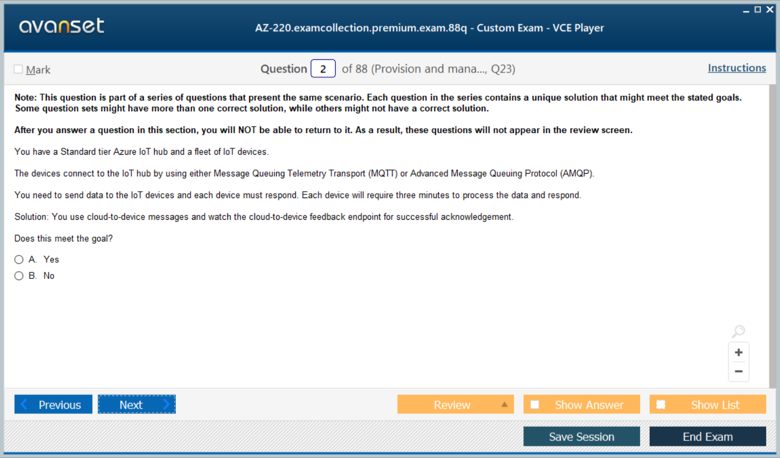
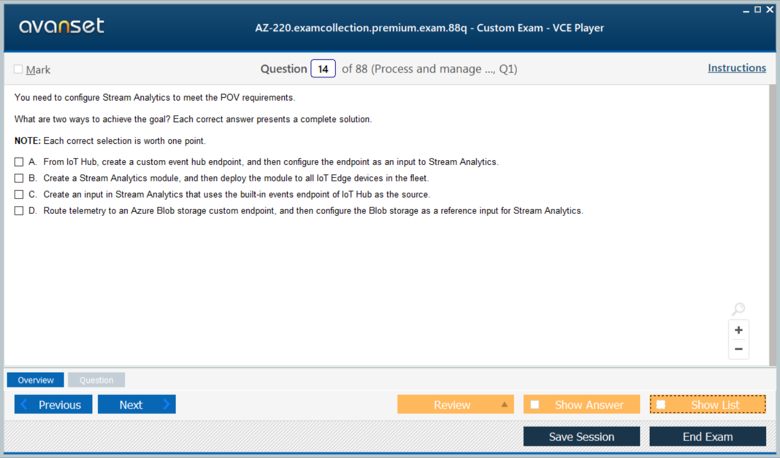
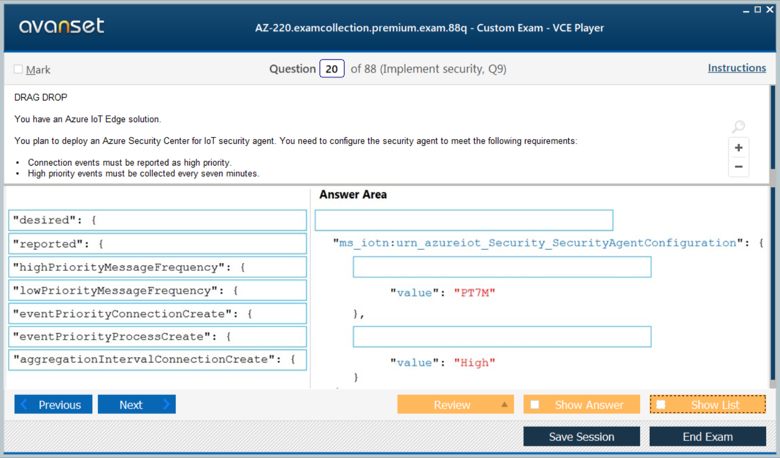
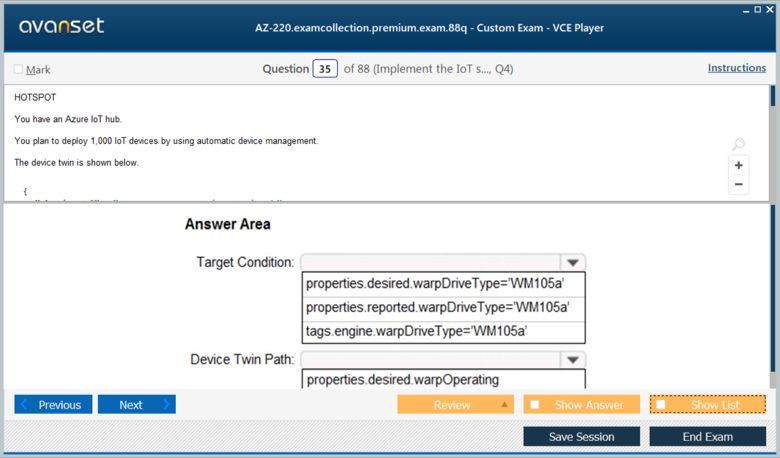


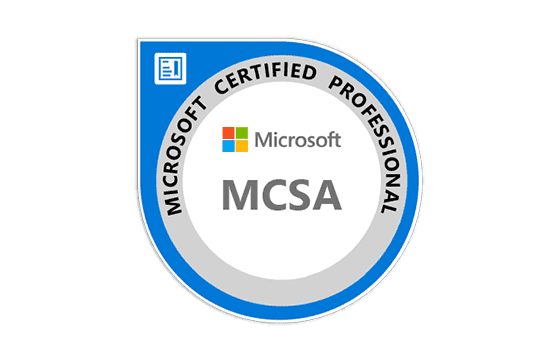
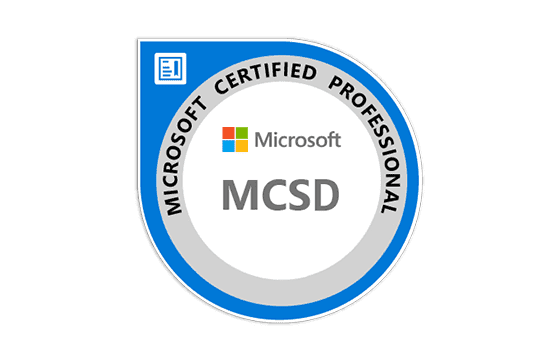
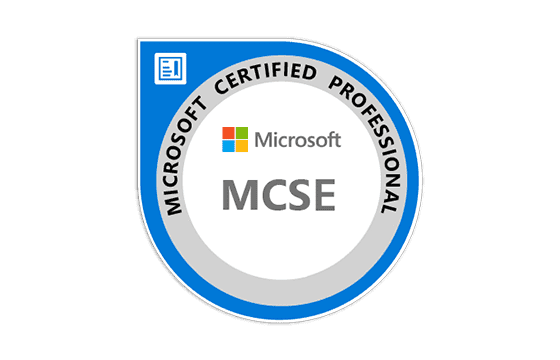
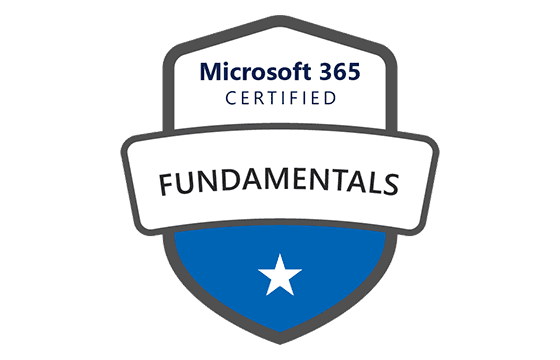
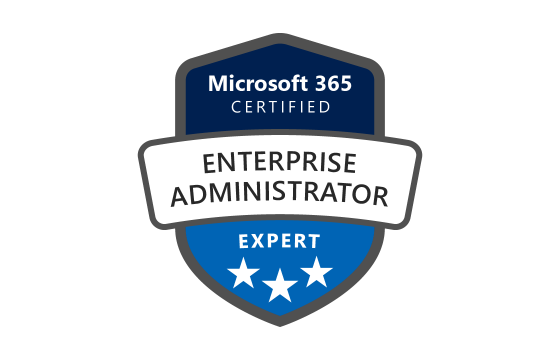
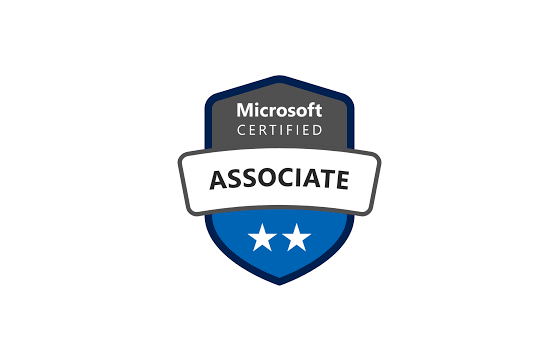
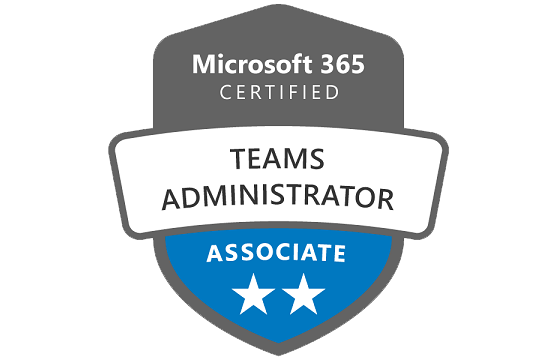
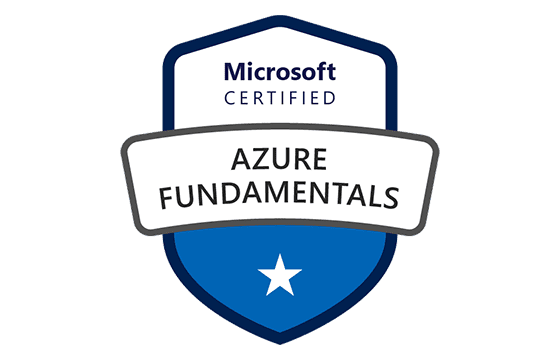
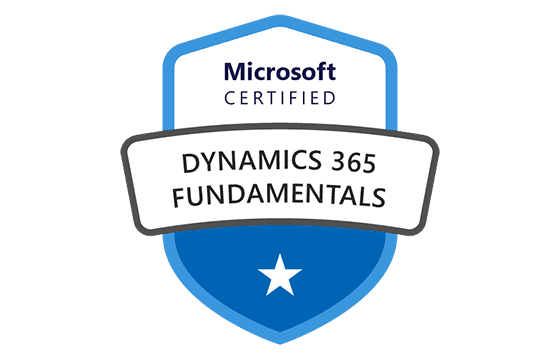
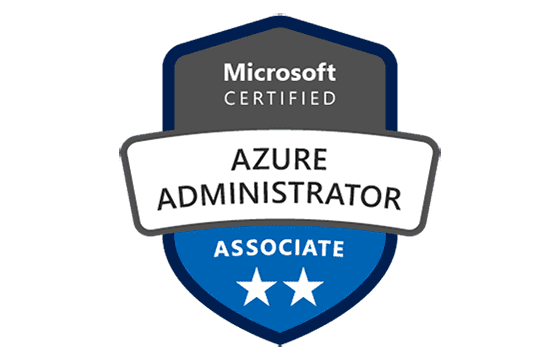
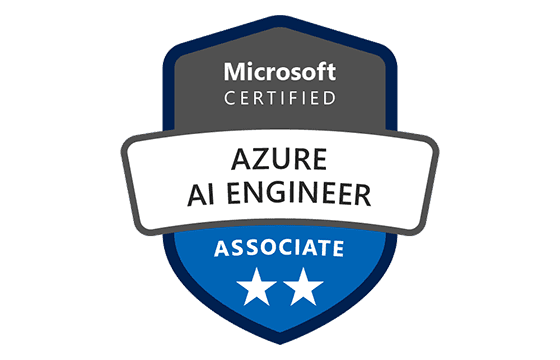
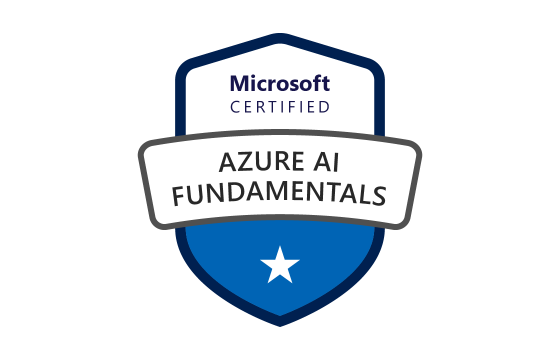
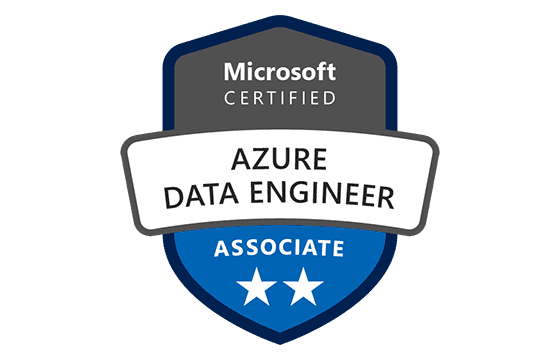
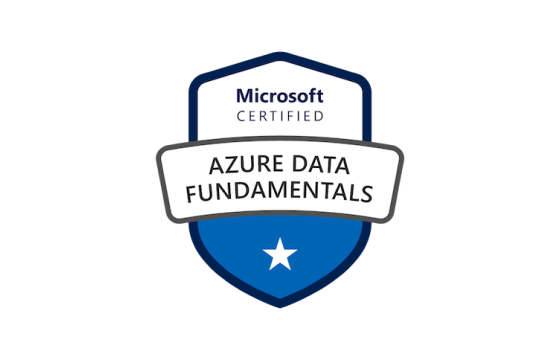
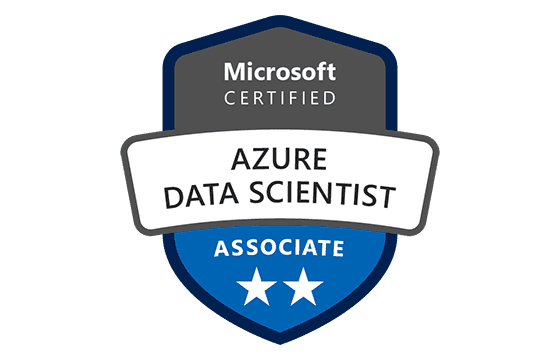
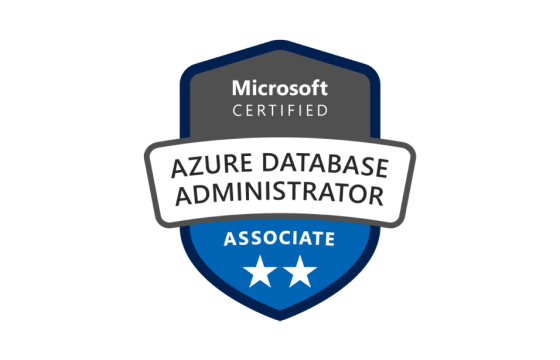
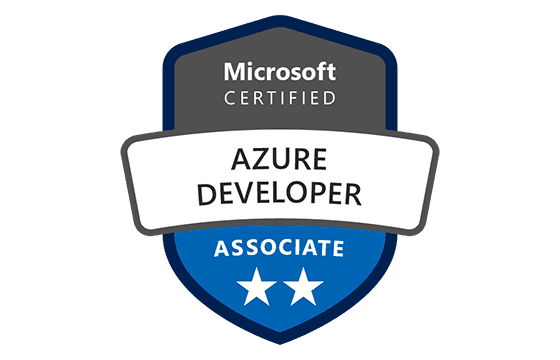
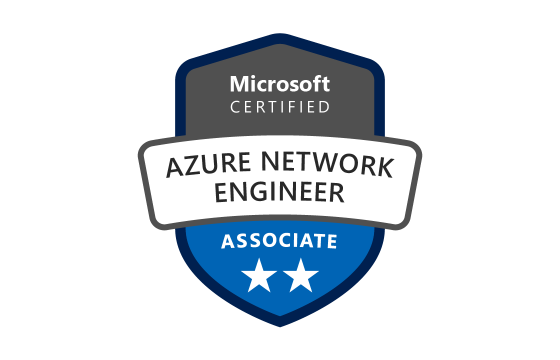
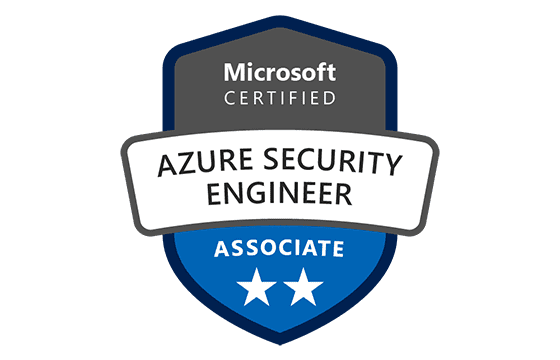
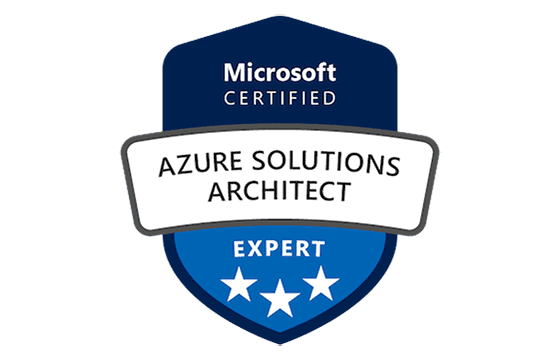
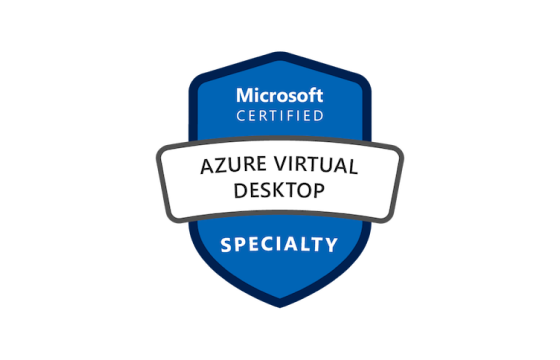

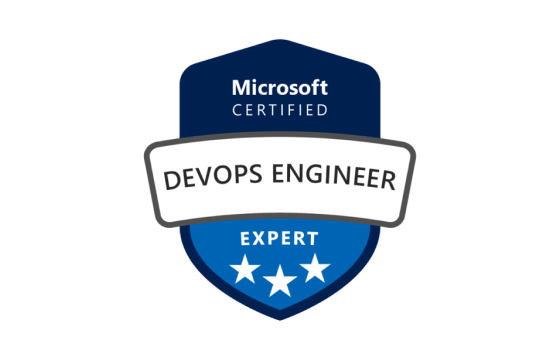
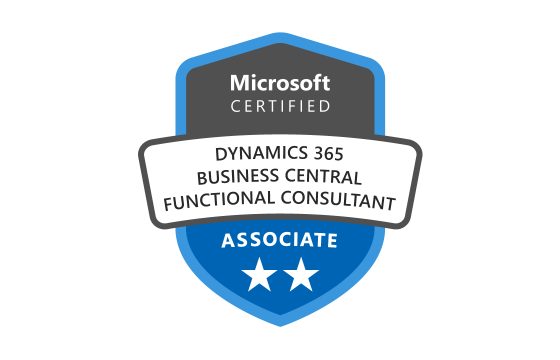
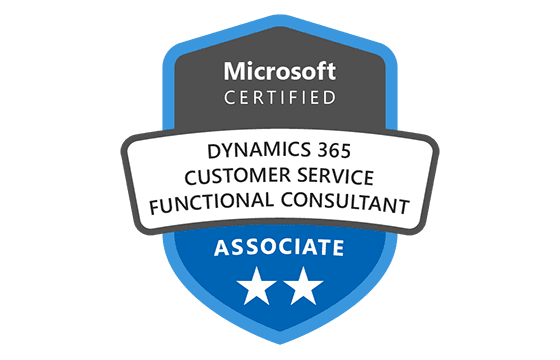
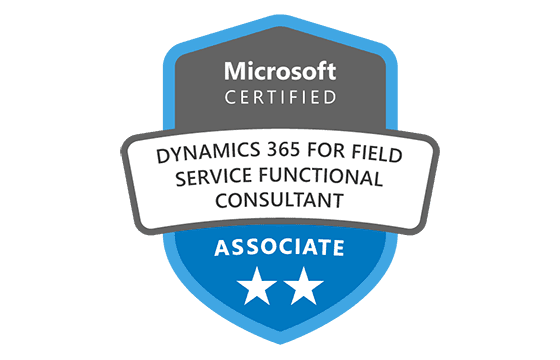
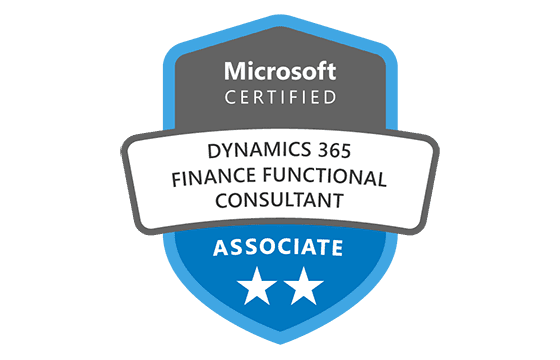
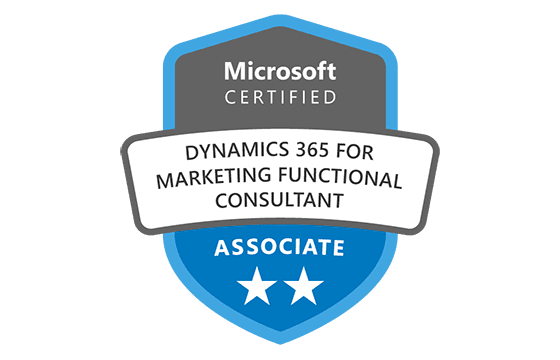
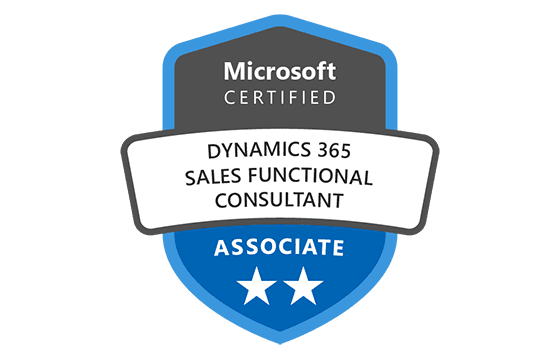
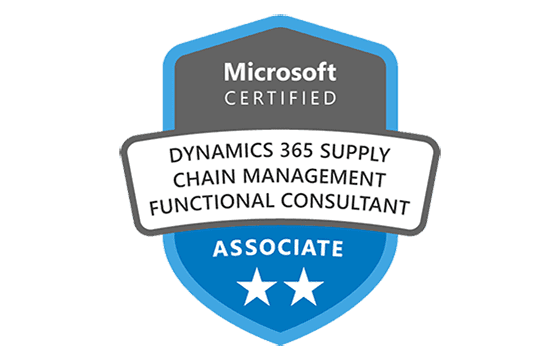
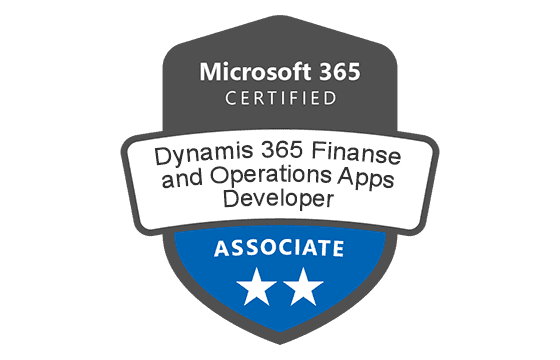
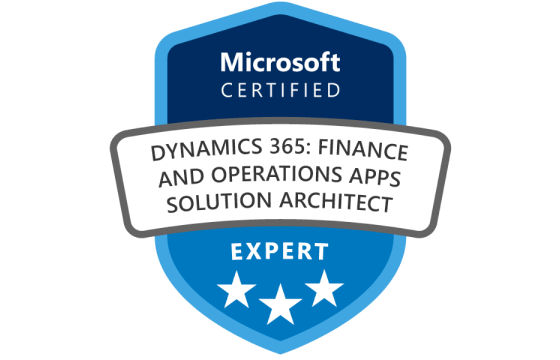
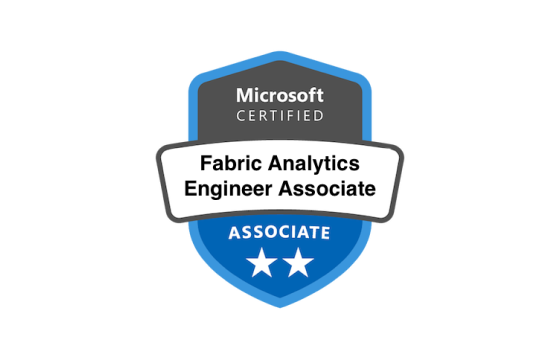
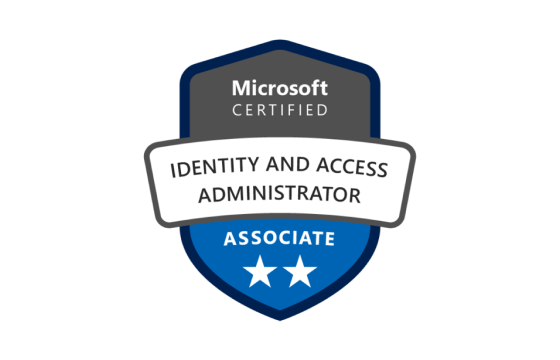
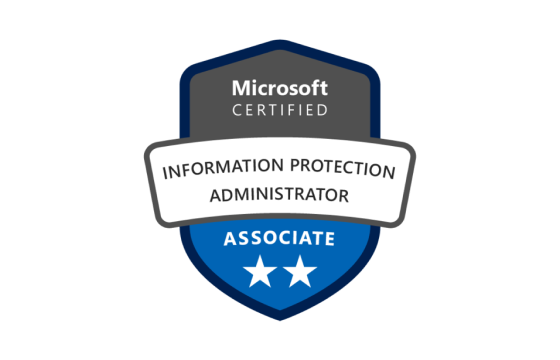


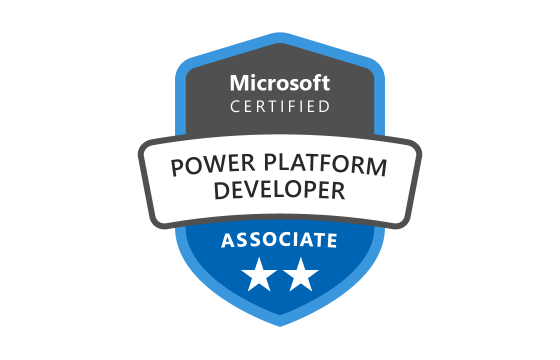
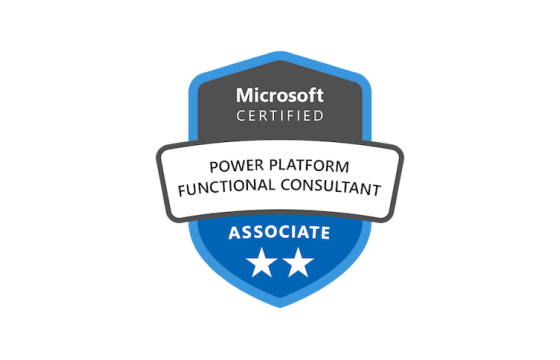
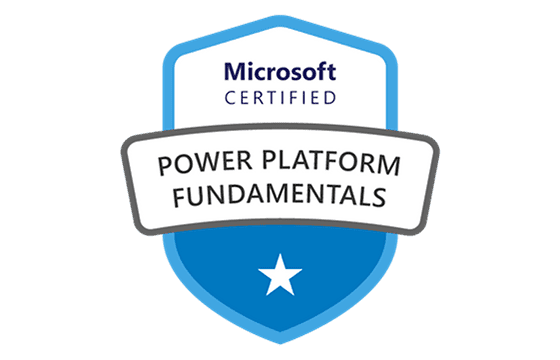
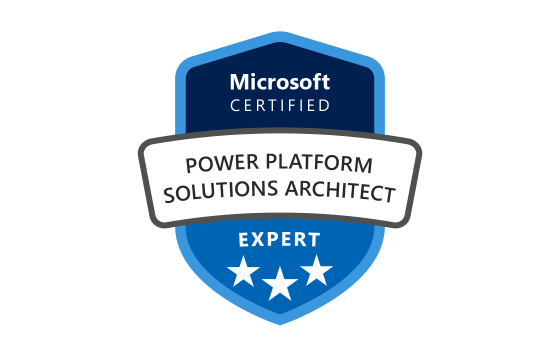
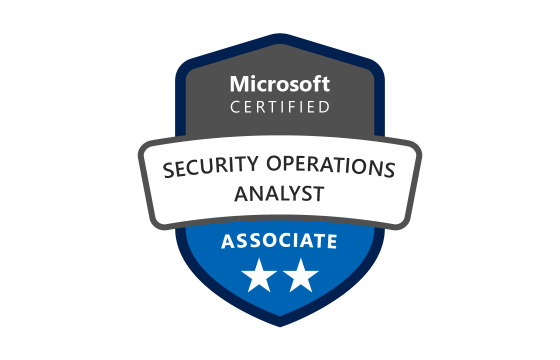
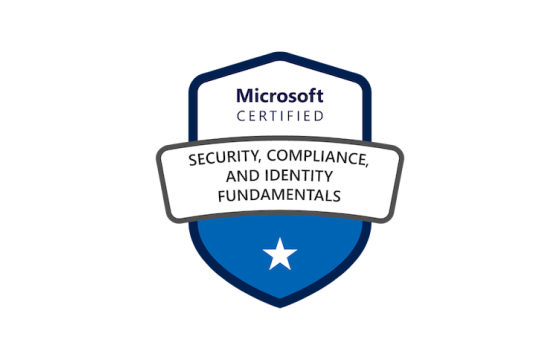
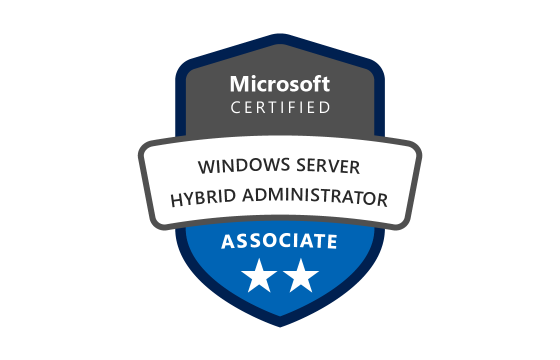
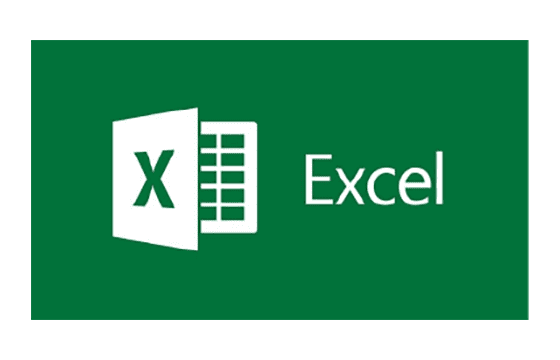
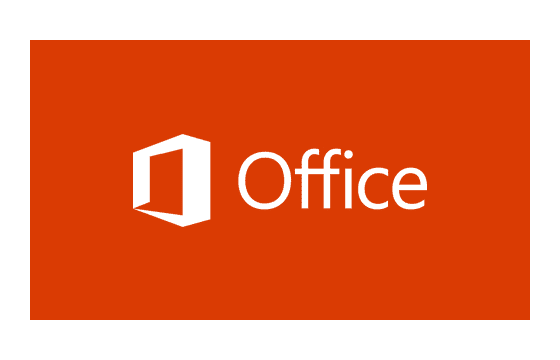

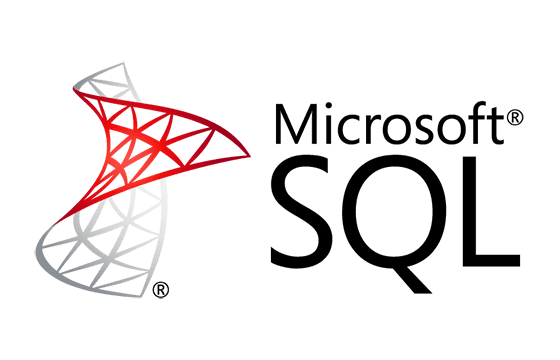
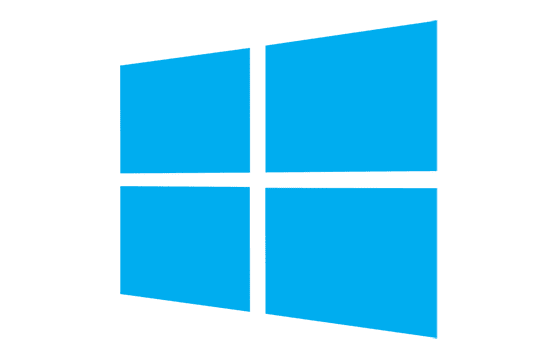



Exam AZ-220: Microsoft Azure IoT Developer
Microsoft AZ-220 Microsoft Azure IoT Developer (beta) exam dumps